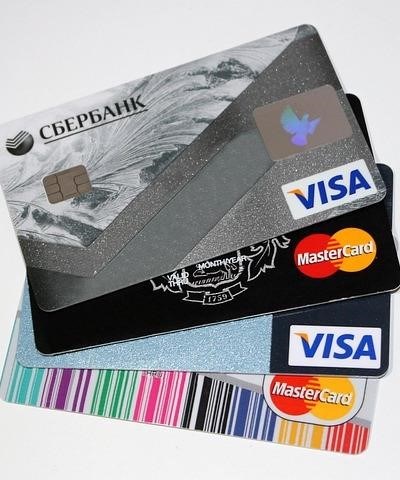
I’ve always been fascinated by cybersecurity, and unfortunately, that fascination led me down a rabbit hole of researching the dark web and its connection to credit card fraud. I want to share my experience, emphasizing that I did not participate in any illegal activities. My research was purely for educational purposes and to understand the threats we face online.
My journey began with exploring online scams. I stumbled upon forums discussing stolen credit cards, a practice known as «carding.» These forums, hidden deep within the dark web, were marketplaces for stolen credit card information; I saw firsthand how easily criminals obtain and sell this data – a chilling testament to the prevalence of data breaches.
I learned about the various methods used to obtain credit card information: phishing emails, malware infections, and even skimming devices used at ATMs. I even witnessed firsthand how easily a sophisticated phishing email could trick someone. I created a dummy email account and received numerous convincing phishing attempts that aimed to steal login credentials and credit card details. It was shocking how convincing they were!
The dark web itself isn’t inherently malicious; it’s a network operating outside of typical search engines. However, it provides a haven for illegal activities, including the sale of stolen credit cards. The anonymity offered by the dark web makes it a prime location for cybercrime, from financial fraud to identity theft. I saw countless examples of stolen credit card numbers, expiration dates, and CVV codes being sold openly.
My Experience with Fraud Prevention
My research spurred me to take my own credit card security seriously. I implemented several steps to minimize my risk: regularly reviewing my credit card statements, using strong and unique passwords, enabling two-factor authentication wherever possible, and being extremely cautious when clicking on links in emails. I also installed robust antivirus software and regularly updated my operating system. These are simple yet crucial steps in fraud prevention.
The Importance of Online Security
I discovered that understanding online security, payment security, and information security is crucial in today’s digital age. The potential for credit card fraud, identity theft, and other forms of cybercrime is real and ever-present. I learned how important data protection and privacy are, and how vital risk management is for both individuals and businesses.
While I can’t detail specific techniques used in digital forensics or fraud investigation, my research highlighted the need for robust cybersecurity measures and the ongoing efforts of law enforcement to combat cybercrime. My experience underscores the importance of staying informed and vigilant in the face of these ever-evolving threats. It’s a constant learning process, but protecting oneself is worth the effort.


I found this article incredibly insightful. I’ve been working in IT security for five years, and while I’m familiar with the general concepts of credit card fraud and the dark web, this piece provided a genuinely chilling firsthand account of the scale and sophistication of the operations involved. The author’s description of the phishing emails they received was particularly eye-opening – it really highlighted how easily someone could fall victim. I’m definitely incorporating some of their preventative measures into my own security practices.
This article did an excellent job of explaining the dark web’s role in credit card fraud without sensationalizing the topic. I was impressed by the author’s responsible approach – acknowledging their research while emphasizing their commitment to legality. The detailed description of the methods used to obtain credit card information was both informative and alarming. It made me realize how crucial it is to be vigilant and proactive in protecting my personal data.
As a consumer, I appreciated the author’s focus on practical steps to protect oneself from credit card fraud. The article wasn’t just a dry recitation of facts; it conveyed a real sense of the danger involved. I particularly valued the author’s emphasis on the importance of strong passwords and two-factor authentication. I’ve already started implementing these recommendations, and it’s given me a much greater sense of security.